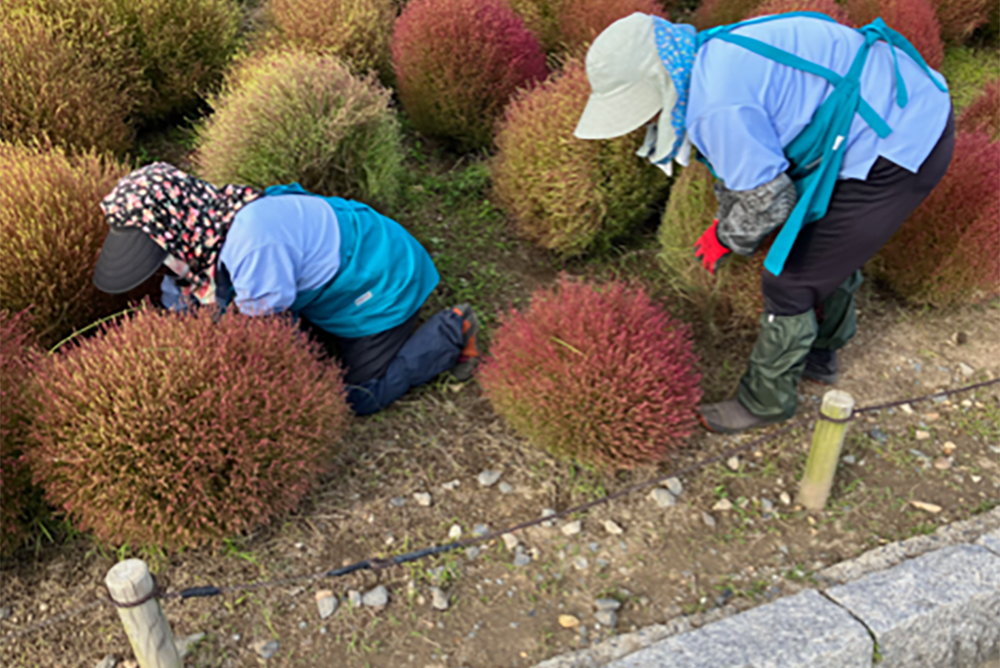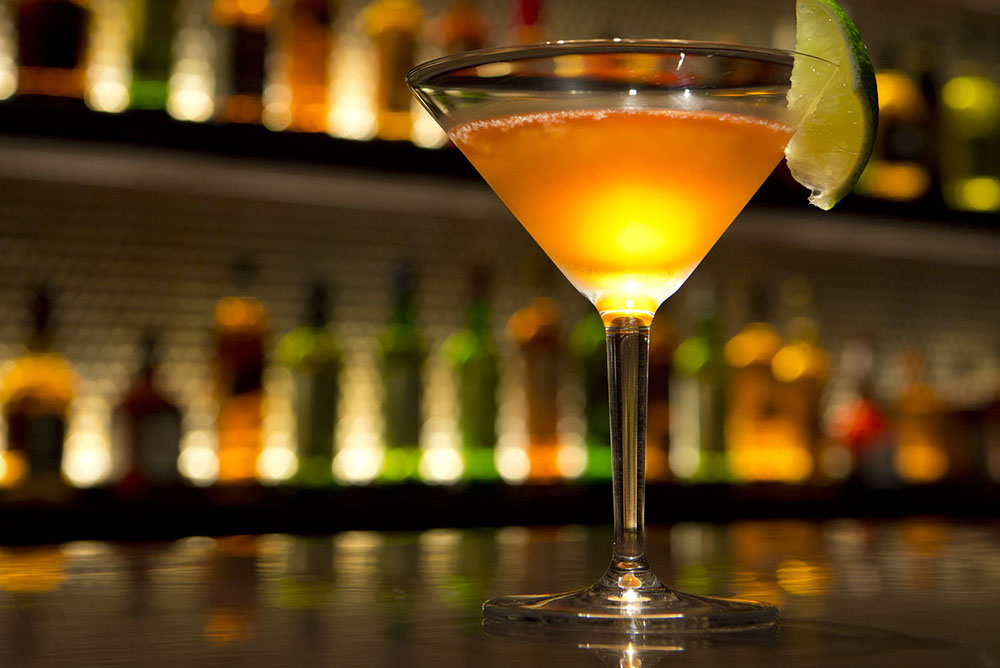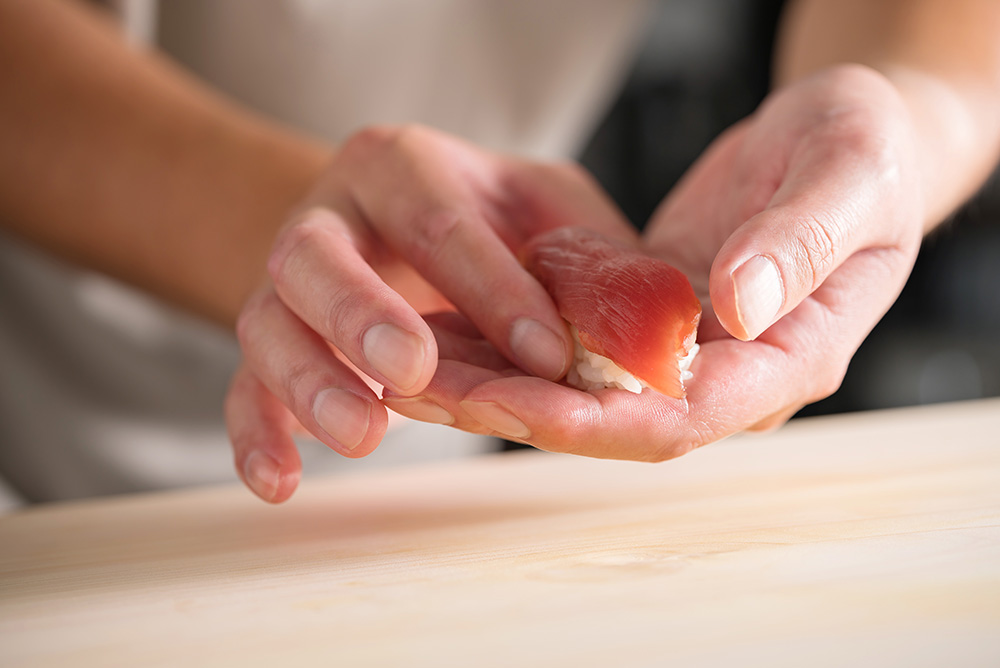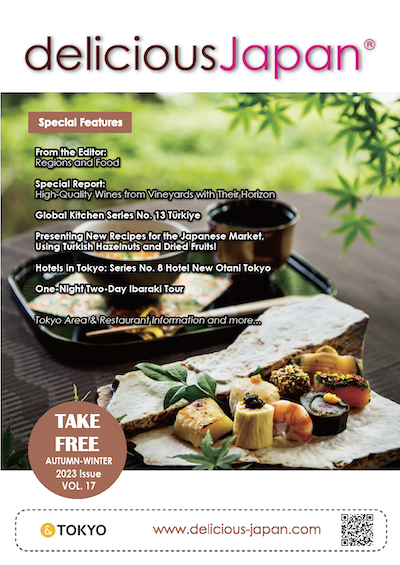Special Report: Find the True Dynamism of Spices and Herbs
The Spice and Herb special culinary event took place on February 15th (Tuesday) at 10:30-16:00 on its own stage at the “50th International Hotel and Restaurant Show” at Tokyo Big Site. The theme was “Added Value in The Menu - The True Dynamism of Spices and Herbs to Enjoy With Five Senses.”
Billed as a stage for learning and practice, in the form of a show event between three top chefs and a bartender, the event gathered a fascinated crowd of people from the hotel, restaurant, and food service fields. Describing the aims of the event, the organizer emphasized that “Spices and herbs will never become main ingredients. They are prepared and combined with the main ingredients in supplementary roles, to draw out the fully potential of those ingredients. This is a program of learning and practice, to contribute a “plus alpha” of added value and provide hints for menu and recipe development.”
The morning session, as the learning side, featured a panel discussion (10:30-11:50). In the afternoon, the practice session, titled “Suggested Techniques to Make Effective Use of Spices and Herbs”, consisted of preparation demonstrations and tasting sessions by three top chefs and a master bartender.
The chefs on stage added spices and herbs to their usual menus and recipes to raise their scents and flavors. They emphasized that these techniques were effective in finishing menus to a higher level and making meals feel more classy and special. They also discussed the medicinal benefits, including detoxification, enhancing immune function, and preventing chills.
Roles of spices and herbs in the past and now
Spices started to be used in the West to prevent ingredients from spoiling. As culinary culture progressed, spices and herbs came to be used to disguise meat odors and add fragrance. In India and other countries in Southeast Asia, which have high temperature and humidity, heat tends to suppress appetite. That prompted the extensive use of hot spices and herbs to impart diverse fragrances, as well as for their antimicrobial effects. In contrast, Japan, which has four seasons and is blessed with abundant ingredients from seas and mountains, emphasizes freshness, as exemplified by sashimi and sushi. Ingredients are prepared and eaten in ways that make the most of their innate flavors. Therefore, Japan has mainly used spices and herbs as condiments, to accent the ingredients and bring out their own flavors.
As promised, this Spices and Herbs stage event was an education event of learning and practice. Participants praised the session, with comments such as “this was a valuable stage event to gain awareness of the great potential of spices and herbs and learn how to apply them.”
 Ryoichi Mochizuki
Ryoichi MochizukiExecutive Chef
Jean-Georges Tokyo
Fish saute (jade emulsion sauce, braised celeriac)
Owner-Chef
Piatto Suzuki
Ravioli caciopepe blended with tomato
 Kozaburo Sugawara
Kozaburo SugawaraOwner-Chef
Spice Bar KOZABURO
Chicken pepper fry (black pepper chicken stew in a southern Indian style)
Master Bartender
Mixology Heritage
Caprese Mary





